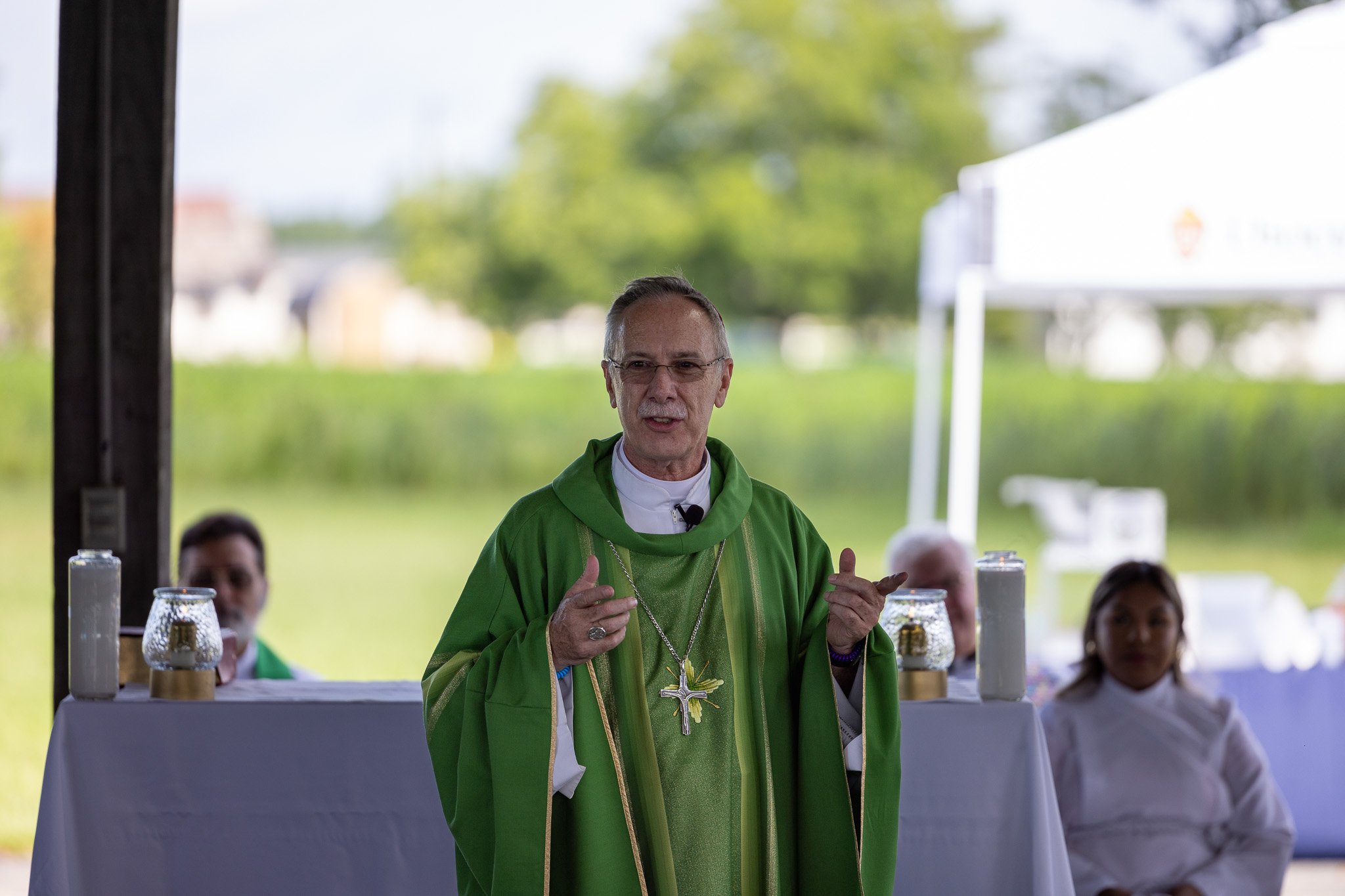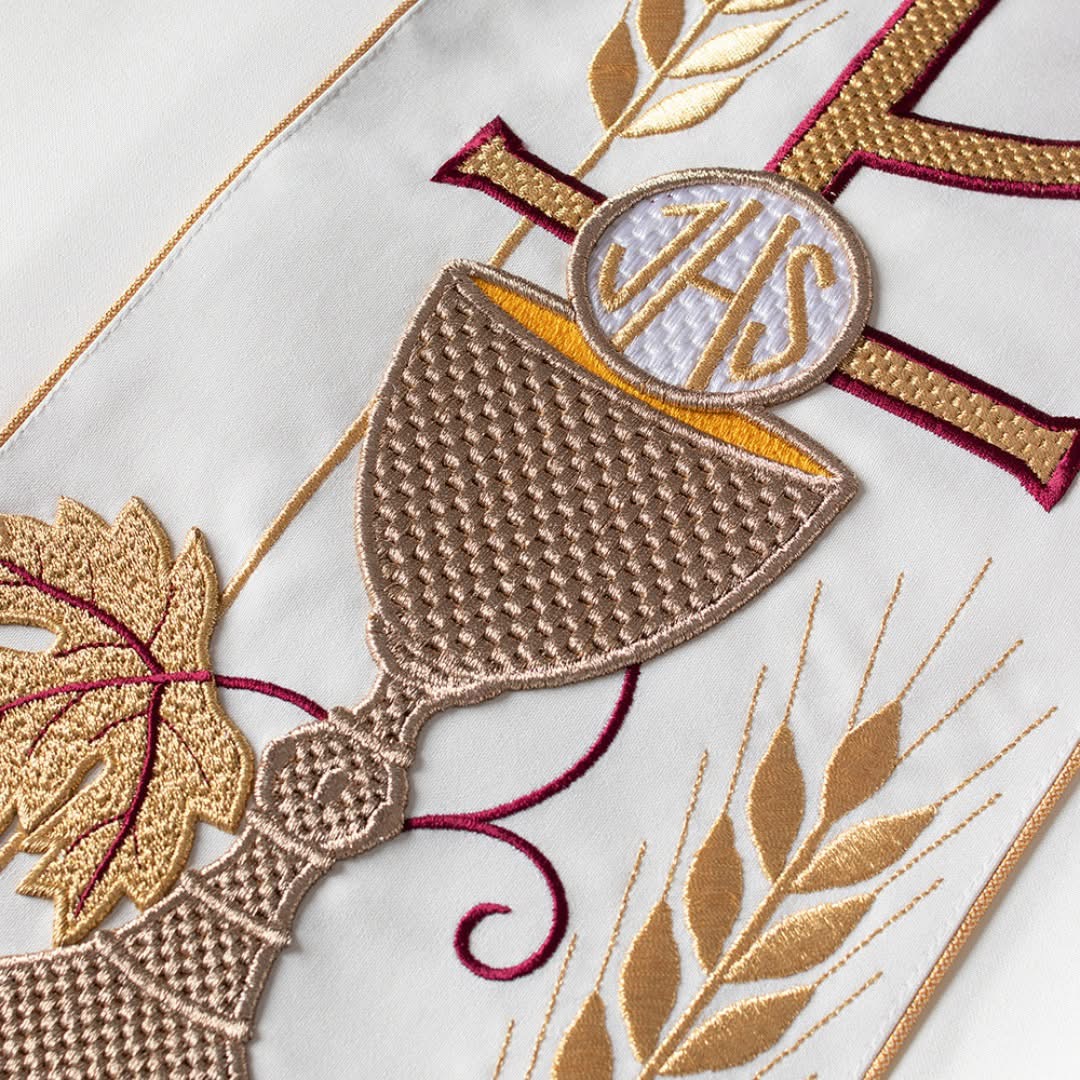Pastoral visits, or “”blessing visits,”” represent a significant moment in the lives of Christian communities. During this period, priests visit the homes of the faithful to offer blessings, share prayers, and strengthen the spiritual bond between the Church and its members. In this context, the liturgical vestments worn by priests take on a prominent role, carrying with them a rich tradition and a profound symbolism.
The Tradition of Pastoral Visits: A Centuries-Old Heritage
The practice of pastoral visits has its roots in ancient times. As early as the first centuries of Christianity, bishops visited local communities to get to know the faithful, administer the sacraments, and resolve any problems. Over the centuries, this tradition has evolved, but maintaining its fundamental purpose: to bring the presence of Christ into the homes of the faithful.
Today, pastoral visits are a precious opportunity for priests to make direct contact with families, listen to their stories, and share their joys and concerns. It is a moment of evangelization, catechesis, and strengthening of faith.
Liturgical Vestments: Symbols of Sacredness and Ministry

The liturgical vestments worn during pastoral visits are not simple garments, but symbols of sacredness and the priestly ministry. Each color, each shape, and each ornament has a precise meaning, which recalls the presence of God and the role of the priest as a mediator between God and men.
The choice of liturgical vestments during pastoral visits may vary depending on local traditions and the preferences of the priest. However, some elements are common and recurring.
The Alb: Purity and Spiritual Rebirth
The alb is a white robe, long to the feet, which symbolizes the purity of heart and spiritual rebirth. The priest wears the alb to remember his commitment to live a holy life and to serve God with a sincere heart. The white color of the alb recalls the light of Christ, which illuminates the darkness of sin and death.
By wearing the alb, the priest clothes himself in Christ and becomes a visible sign of his presence in the world.
The Stole: The Yoke of Service and Priestly Authority

The stole is a strip of fabric, usually the same color as the liturgical vestments, which the priest wears around his neck, letting it fall on his chest. The stole symbolizes the yoke of priestly service and the authority conferred on the priest to administer the sacraments and preach the Gospel.
The stole is a distinctive sign of the priest, which identifies him as a minister of God. By wearing it, the priest commits himself to bear the weight of service with humility and dedication, following the example of Christ, who made himself the servant of all.
The Chasuble or Planet: Charity and Divine Protection
The chasuble, also called planet, is a wide and flared robe that the priest wears over the alb and stole. The chasuble symbolizes the charity that envelops the priest and the divine protection that protects him in his ministry. The wide shape of the chasuble recalls the love of God, which embraces all men.
By wearing it, the priest allows himself to be enveloped by divine charity and commits himself to spread it in the world, through his words and his actions.
Liturgical Colors: A Symbolic Language
The colors of the liturgical vestments are not chosen at random, but follow a precise symbolic code, which varies according to the liturgical time and the feast celebrated. During pastoral visits, the choice of color may depend on the time of year in which they are carried out.
- White: Symbolizes joy, purity, and glory. It is used during Easter, Christmas, and in the feasts of non-martyr saints.
- Red: Symbolizes blood, fire, and love. It is used in the feasts of martyrs, on Palm Sunday, and on Pentecost.
- Green: Symbolizes hope and life. It is used during ordinary time.
- Purple: Symbolizes penance and waiting. It is used during Advent and Lent.
The Importance of Dignity and Care of Liturgical Vestments
The liturgical vestments, as symbols of sacredness and the priestly ministry, deserve to be treated with dignity and care. It is important that they are clean, well-ironed, and stored appropriately. The care of liturgical vestments is a sign of respect for God and for the Christian community.
A priest who wears neat and dignified liturgical vestments testifies to his faith and his love for the ministry entrusted to him. For this reason, it is essential to rely on suppliers specialized in the production of high-quality liturgical vestments, who know how to combine tradition, elegance, and functionality.
HAFTINA TEXTILE GROUP, with its online store HaftinaUSA.com, offers a wide range of sacred vestments, made with fine fabrics and accurate finishes, to meet the needs of every priest and every community.
Tips for Choosing Liturgical Vestments for Pastoral Visits
The choice of liturgical vestments for pastoral visits is an important decision, which must be carefully considered. Here are some useful tips:
- Take into account the liturgical time: Choose the appropriate color based on the time of year.
- Consider the context: Opt for clothes suitable for the environment in which the visit will take place (private home, chapel, etc.).
- Give priority to simplicity and dignity: Avoid excessive ornaments or gaudy colors.
- Ensure fit and comfort: Choose clothes that allow the priest to move freely and carry out his ministry with agility.
- Rely on reliable suppliers: Purchase high-quality liturgical vestments, made with fine fabrics and accurate finishes.
Conclusion: A Sign of Blessing and Hope
The liturgical vestments worn during pastoral visits are much more than simple garments. They are symbols of sacredness, ministry, and communion with God. Through their beauty and their meaning, they bring a message of blessing and hope into the homes of the faithful, strengthening the bond between the Church and its people. Choosing carefully the liturgical vestments for pastoral visits is a way to honor tradition, celebrate faith, and witness God’s love towards all men.
By relying on HaftinaUSA.com, you can find the perfect liturgical vestments to accompany your ministry, with elegance, dignity, and respect for the sacredness of the moment.

